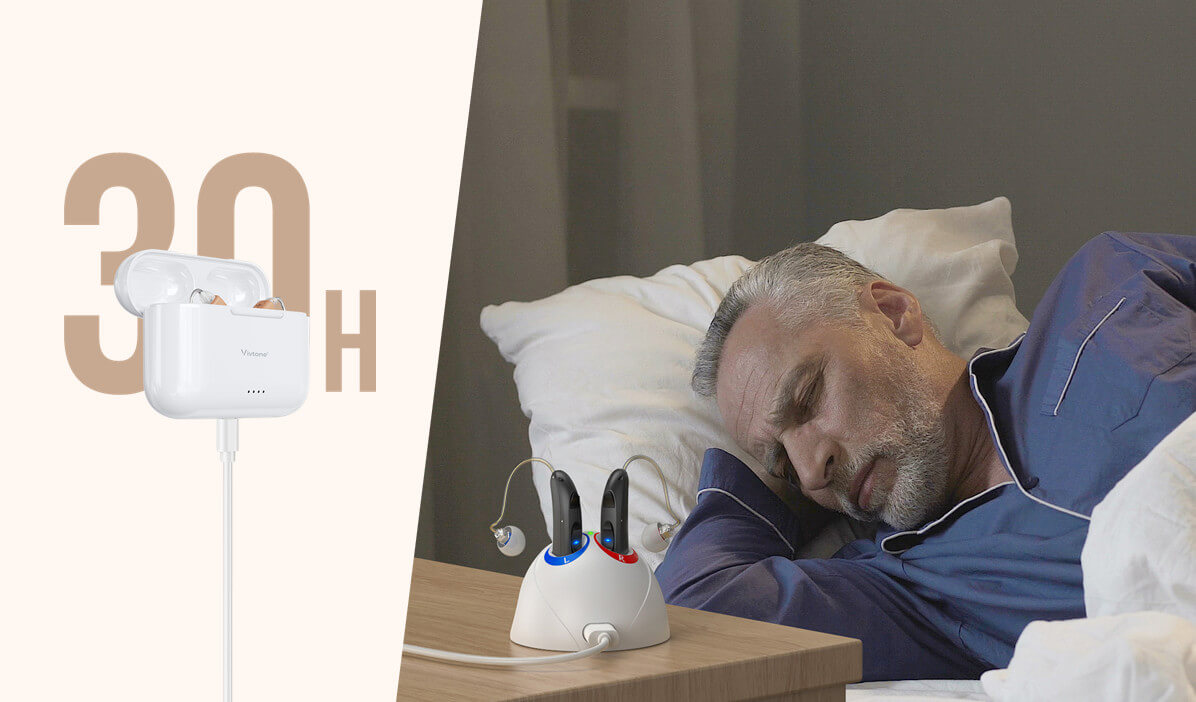Unlock the Power of Sound: Discover the Magic of Bluetooth BTE Hearing Aids!
In today's fast-paced world, sound clarity is more than just a luxury; it's a necessity, especially for individuals with hearing loss. Behind-the-Ear (BTE) hearing aids have evolved significantly over the years, integrating advanced technologies like Bluetooth to enhance the listening experience. These devices not only amplify sounds but also connect seamlessly to smartphones and other devices, allowing users to enjoy clear audio without the hassle of wires. In this article, we will explore the features, benefits, and specifications of Bluetooth BTE hearing aids, providing insights that can help you or a loved one make informed decisions about hearing health.

Understanding BTE Hearing Aids
BTE hearing aids are one of the most common styles of hearing devices available today. Designed to fit comfortably behind the ear, these aids consist of a hard plastic case that houses all the essential components, including the microphone, amplifier, and speaker. The sound is transferred from the device through a thin tube into an ear mold that fits securely in the ear canal. This design is beneficial for various types of hearing loss, ranging from mild to profound. One significant advantage of BTE models is their ability to accommodate larger batteries, which can lead to longer usage times. Additionally, their size allows for more powerful amplifiers, making them suitable for users who require greater sound amplification.
Bluetooth Technology in Hearing Aids
Bluetooth technology is a wireless communication standard that allows devices to connect and exchange data over short distances. In the context of hearing aids, Bluetooth enables users to connect their hearing devices to smartphones, tablets, and other compatible gadgets. This connectivity opens up a world of possibilities, such as streaming music, phone calls, and even television audio directly into the hearing aids. Users can control their devices through apps, adjusting settings and personalizing their listening experiences effortlessly. Many modern BTE hearing aids with Bluetooth are also designed to be compatible with various operating systems, ensuring that nearly anyone can enjoy the benefits of this technology.
Features of Bluetooth BTE Hearing Aids
Bluetooth BTE hearing aids come packed with a variety of features that enhance user experiences significantly. One of the standout capabilities is wireless streaming, which allows users to enjoy music or phone calls directly through their hearing aids without needing extra accessories. Hands-free calling is another feature that users appreciate; it ensures that conversations are clearer, as the hearing aids act as a speaker and microphone. Furthermore, many Bluetooth BTE hearing aids offer app integration, allowing users to adjust volume, switch programs, and even conduct hearing tests right from their smartphones. Personalization options are also available, enabling users to fine-tune their hearing aids according to their preferences and environments. These features collectively improve the overall usability and satisfaction of users, making everyday activities much more enjoyable.
Benefits of Using Bluetooth BTE Hearing Aids
The benefits of using Bluetooth BTE hearing aids are numerous and significant. One of the most notable advantages is the improved sound quality, offering a more natural listening experience. Users often report that they can hear better in noisy environments, thanks to advanced sound processing technology. The convenience of connectivity cannot be overstated; being able to take calls or listen to music without fumbling with devices is a game-changer. Personal anecdotes from friends who have made the switch highlight how much easier their lives have become. One friend mentioned that they no longer felt isolated during social gatherings since they could hear conversations clearly, even with background noise. This connectivity fosters a sense of independence and enhances social interactions, making life richer and more fulfilling.
Specifications to Consider When Choosing Bluetooth BTE Hearing Aids
When selecting Bluetooth BTE hearing aids, it's crucial to consider various specifications to ensure the best fit for individual needs. Battery life is a primary concern; users should look for devices that offer long-lasting performance to avoid frequent recharging. Sound processing capabilities are also essential; advanced models use sophisticated algorithms to provide clearer sound and better speech recognition. Adjustable features, such as volume control and customizable programs for different listening environments, can enhance user satisfaction greatly. A friend of mine recently shared how their new hearing aids came with multiple listening programs tailored for different settings, making transitions from quiet home environments to bustling restaurants seamless. By assessing these specifications, users can find a device that meets their unique hearing requirements and lifestyle demands.
Final Thoughts on Bluetooth BTE Hearing Aids
In conclusion, Bluetooth BTE hearing aids represent a remarkable advancement in hearing technology, providing users with enhanced sound quality, connectivity, and personalization. Understanding the features, benefits, and specifications of these devices is vital for anyone looking to improve their hearing experience. As we have discussed, Bluetooth technology not only simplifies everyday tasks but also enriches social interactions and personal independence. If you or a loved one are considering options for better sound quality, exploring Bluetooth BTE hearing aids could be the key to unlocking a world of clearer sound and enhanced communication.








